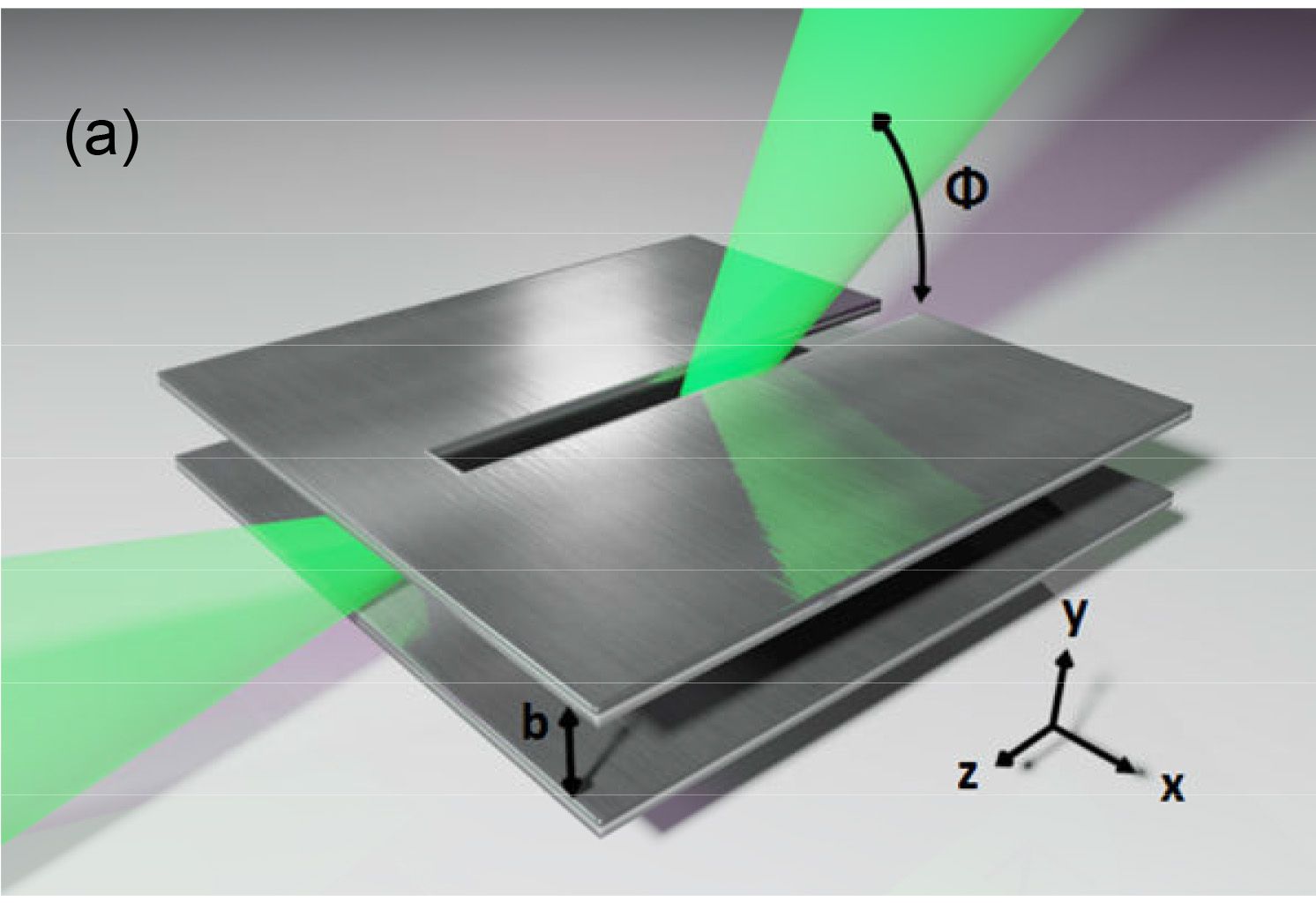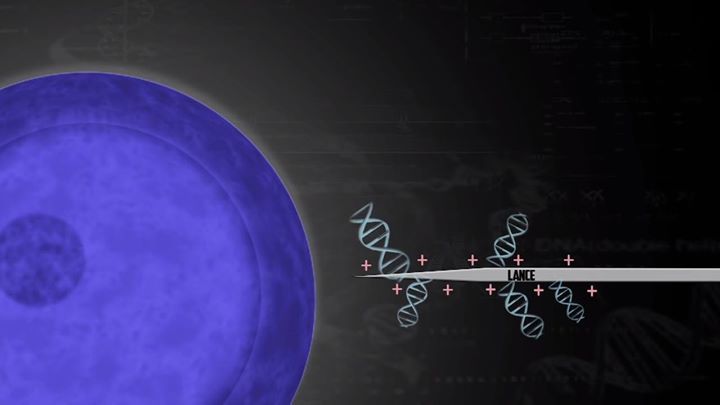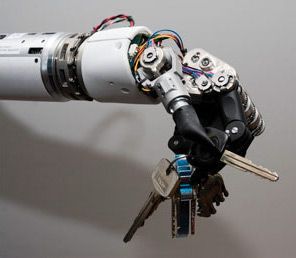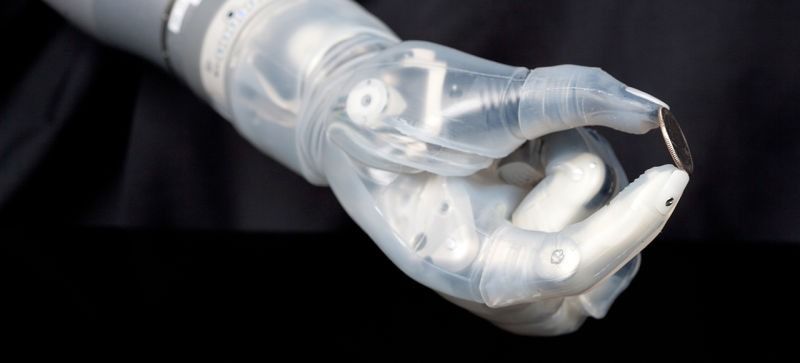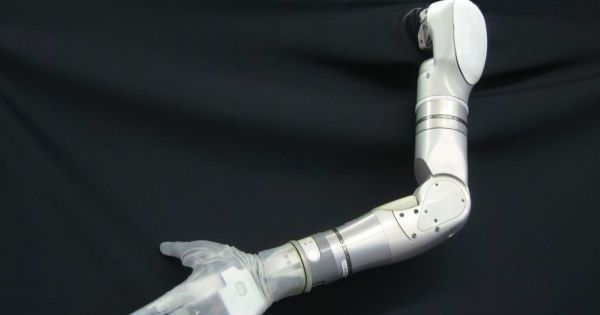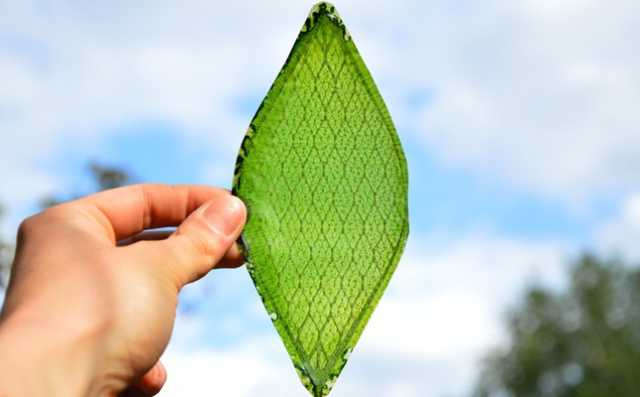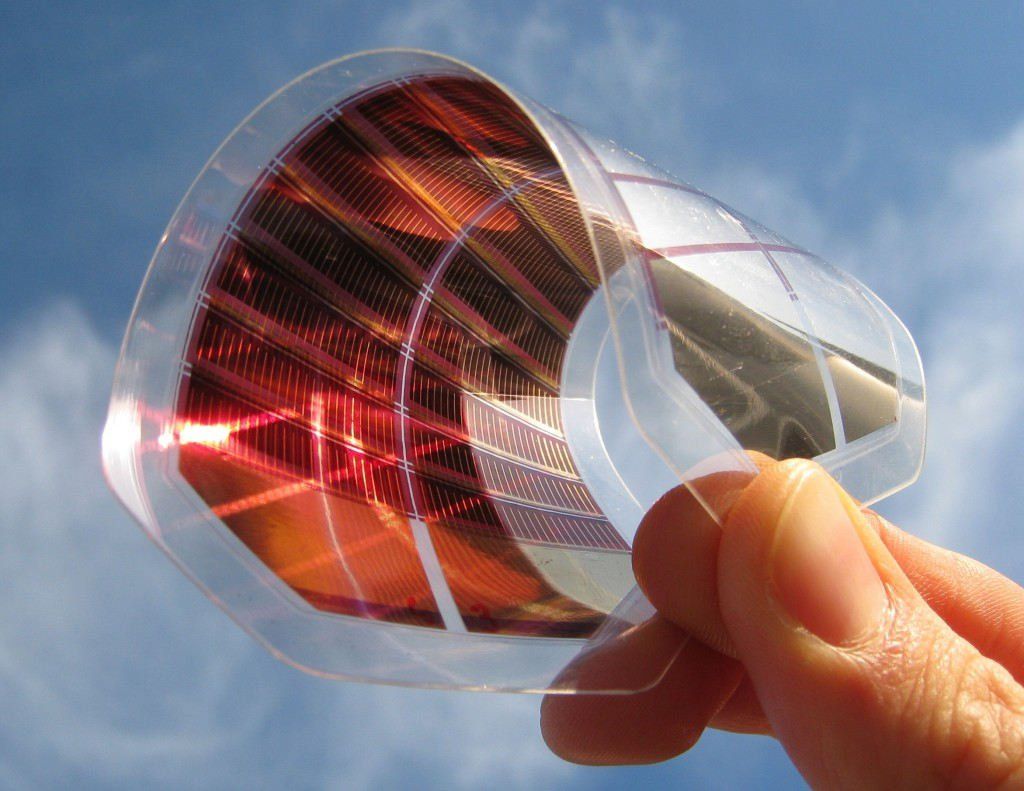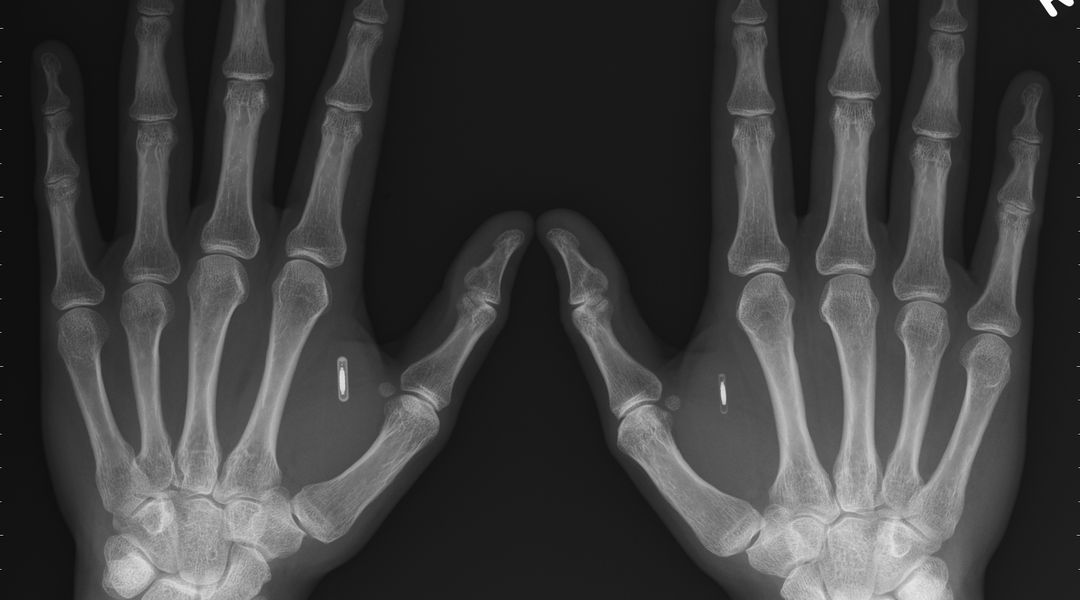Sep 14, 2015
Physicists develop key component for terahertz wireless
Posted by Phillipe Bojorquez in categories: electronics, internet, mobile phones, physics
Terahertz radiation could one day provide the backbone for wireless systems that can deliver data up to one hundred times faster than today’s cellular or Wi-Fi networks. But there remain many technical challenges to be solved before terahertz wireless is ready for prime time.
Researchers from Brown University have taken a major step toward addressing one of those challenges. They’ve developed what they believe to be the first system for multiplexing terahertz waves. Multiplexers are devices that enable separate streams of data to travel through a single medium. It’s the technology that makes it possible for a single cable to carry multiple TV channels or for a fiber optic line to carry thousands of phone calls at the same time.
